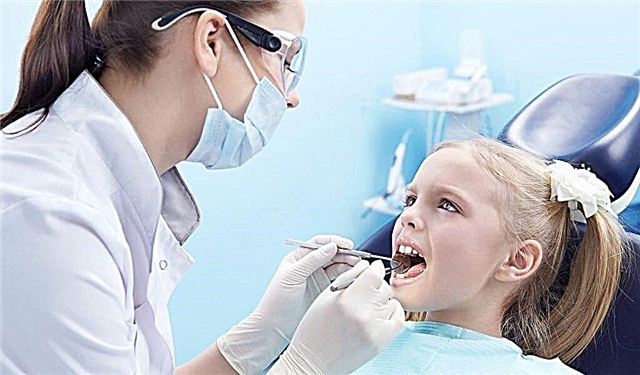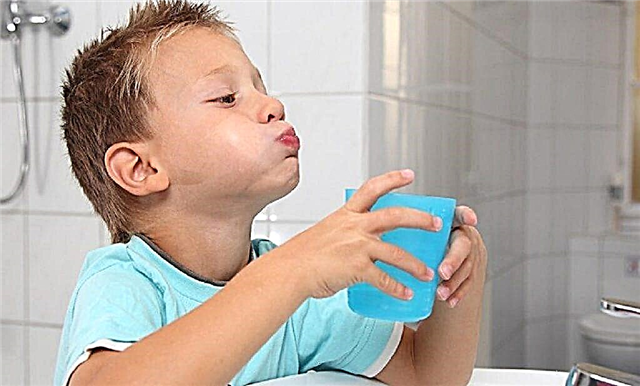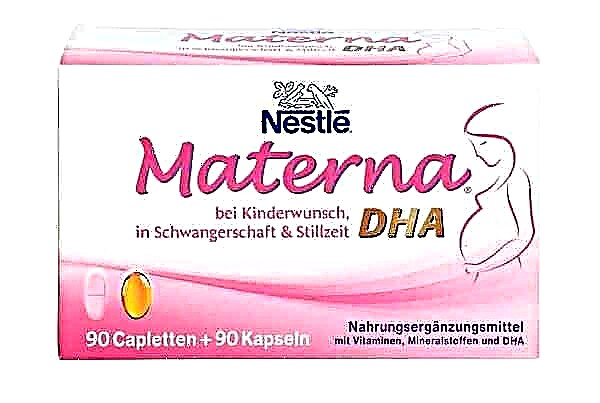Geographic tongue (desquamative or migratory glossitis) is an inflammatory condition of the tongue in which red spots appear on it with raised edges, making it look like a geographic map.
What are the reasons for the emergence of a geographic language?
Science does not know exactly why geographic language appears, but some children have an increased risk of developing this anomaly.
- Excessive emotional stresse can be the cause of various physical abnormalities, including migratory glossitis.
- Geographic language often develops with allergies in many patients.
- Changes in hormone levels can also sometimes cause this condition.
- The disorder can also occur if the child has family members with this anomaly.
- Eating hot and spicy foods can irritate certain areas of the tongue and cause this syndrome.
- Lack of vitamin B or zinc can also lead to this disorder.
- Steroid use is the reason for the development of a geographical language.
- In children with psoriasis there is an increased propensity to develop geographic tongue, and some experts believe geographic tongue is an oral form of psoriasis.

What does a child's geographic language look like?
In a healthy state, the dorsum of the tongue is covered with bunches, similar to protrusions (papillae), which give the tongue an irregular surface texture and a white-pink color. In the geographical language there are areas of atrophy (thinning of the mucous membrane) on which these no papillae.
The damaged surface of the tongue becomes erythematous (dark red) and smootherthan unaffected areas. These areas are usually well demarcated and bordered by a slightly raised, white, yellow, or gray, serpentine (wriggling) peripheral zone. In some cases, there may be only one lesion, but rarely.
Lesions tend to occur in multiple locations on the tongue and coalesce over time to form a typical map-like appearance. The lesions usually change in shape and size and migrate to other areas, sometimes over several hours. The condition can affect only part of the tongue, its tip and sides, or the entire upper surface at any given time. The condition goes through periods of remission and relapse. It is believed that the disappearance of the peripheral white zone indicates a period of healing of the mucous membrane.

Child symptoms other than mucosal changes
Usually there are no symptoms other than the unusual appearance of the tongue, but in some cases children may experience pain or burning sensation, for example, when eating hot, sour, spicy or other foods (tomatoes, fruits). If burning symptoms are present, other causes of tongue pain are considered, such as oral candidiasis.
Diagnostic procedures
A simple examination by a dentist is usually sufficient to make a diagnosis.
The doctor will gently palpate the tongue to assess for tenderness or to check for any other changes in the texture of the tongue.
The doctor will ask the child to move his tongue to check for additional spots.
Other signs of infection (swollen lymph nodes and fever) are also looked for.
Apart from a physical examination, no further diagnostic tests are usually carried out for geographic language. A biopsy can be performed when there is suspicion of other medical conditions or disorders that need to be ruled out.

Rarely, blood tests may be required to rule out glossitis associated with anemia or other eating disorders
What should not be confused with?
There are various other diseases of the tongue and oral cavity that appear to be similar to or mistaken for a geographical tongue:
- chemical burns on the tongue;
- oral candidiasis (oral thrush);
- cracks in the tongue;
- lichen planus;
- contact (allergic) stomatitis;
- oral cavity cancer.
Possible complications
There are no major complications associated with geographic language. The anomaly does not lead to any disease or cancer. However, the disease can be painful and cause discomfort and hypersensitivity to the tongue. This can make it difficult to eat.
The appearance of the geographic language may cause anxiety or other psychological problems in the child. Anxiety can be triggered by fear of negative judgment on the part of others.
Geographic tongue treatment
There are no specific treatments for the geographic tongue. However, there are several things you can do to relieve pain and discomfort.
Traditional medicine
Local treatment
The doctor usually recommends the following local treatment for geographic tongue.
- Over-the-counter pain relievers such as paracetamol and ibuprofen.
- Rinsing your mouth with a local anesthetic.
- Mouthwash with antihistamines.
- Topical corticosteroid ointments can help with pain, redness, and swelling, if any.
Lifestyle modifications
There are certain foods and other similar substances that should be avoided to relieve pain and discomfort on a sensitive tongue.
A child with a geographic language needs avoid eating spicy, hot, sour and salty foods... A relatively soft and healthy diet should be followed to avoid pain and discomfort.
Not recommended use a toothpaste containing heavy flavors, anti-tartar agents and whitening agents, as this can worsen the symptoms of geographic tongue.
Never try to vigorously rub off stains. This can damage the sensitive tongue, leading to infection.
If a deficiency in vitamin B or zinc is causing a geographic tongue, the deficiency can be compensated for with vitamin supplements.

Traditional methods
Traditional medicine provides some treatments that should not be applied without consulting your doctor.
For the treatment of geographic tongue, you can try using glycerin. This will keep the tongue moist, which will speed up the healing process.
Using a cotton swab, apply the product to the affected areas and leave for five minutes, and then use a soft-bristled toothbrush to brush your tongue and wash with warm water.
The procedure should be repeated twice a day for at least two weeks.
Mint leaves can be used to suppress the growth of bacteria in the mouth. It helps with some oral problems and also prevents burning and irritation that may occur in geographic tongue.
The method is as follows: make a cup of mint tea, the stronger the taste, the better, then cool the tea in the refrigerator for half an hour, give the child three times a day to drink until it is completely cured. You can also chew fresh mint leaves every day.
Prevention
The preventive measures are as follows:
- eating foods rich in vitamin B;
- following the rules of oral hygiene, brushing your teeth twice a day, and regularly using dental floss;
- using a soft toothpaste for sensitive teeth;
- avoidance of stressful situations.

Conclusion
The appearance of damaged areas on the tongue and mild discomfort are often the biggest problems a child will face with this condition. In most cases, the spots will eventually disappear without intervention.
Article rating:



